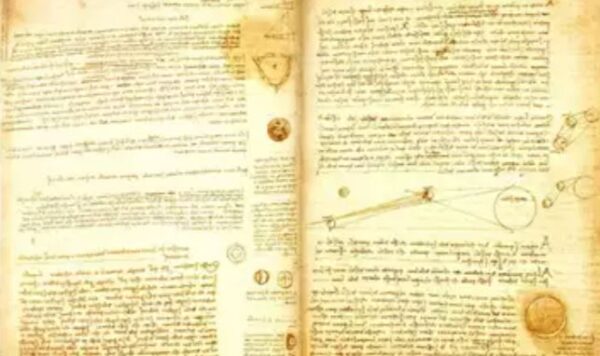Lifestyle
This is the most expensive book in the world

It’s a book that opens wide the eyes to the genius of the timeless gem, a polymath whose contributions cut across art, science, and invention. A book is not just an idea; it’s reality!
Known popularly as the Codex Hammer, The Codex Leicester is a scientific manuscript and sketches by Leonardo da Vinci in the early 16th century.
As the lines of this 72-page manuscript reveal, one finds da Vinci’s observations regarding theories of various natural phenomena concerning water, rocks, fossils, and celestial bodies. A codex is not just a collection of thoughts; it’s rather the window into a man’s mind far ahead of his time. It appears that Da Vinci’s fascination with water has spread throughout the manuscript.
In his meticulous documentation of observations over the flow, eddies, and vortices in rivers and lakes, one can find clear references to Da Vinci’s intellectually beautiful ideas about the characteristics of water flow. It also includes his sketches of dynamics on the surface of water that are not only scientifically important but also artistically worth attention and reflect his ability to make science and art blend together .
Acquisition by Bill Gates
In 1994 Christie’s put the Codex Leicester up for auction in New York. While several collectors publicly fought each other for the manuscript, it was no one other than Bill Gates, co-founder of Microsoft and an avid lover of knowledge and art, who finally ended up buying the manuscript for $30.8 million. However, the acquisition made sensational headlines besides casting light on Bill Gates’ zeal for the preservation and diffusion of human knowledge.
Content and Themes
The Codex Leicester brings together many diverse and vast observations and ideas that reflect the seemingly bottomless intellect and the even bottomless curiosity of da Vinci. Certainly, in the center of this codex is perhaps one of the most important themes: the study of water. Some of his excellent detailed drawings of water flow and eddies clarify an extraordinary knowledge of fluid dynamics, which would not be scientifically and mathematically studied and defined until centuries later.







